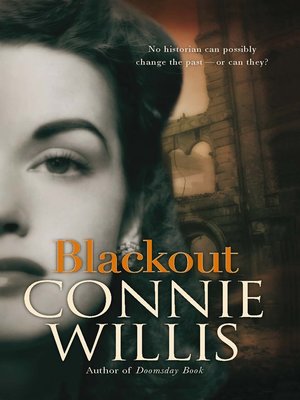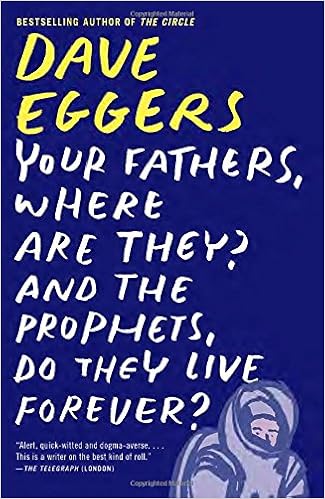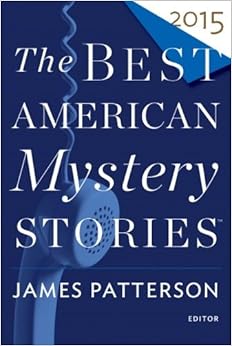On Wednesday of this week, my wife and I had the privilege of experiencing
Learning Curve, a "theatrical journey within the walls of a Chicago Public School," created by Chicago's
Albany Park Theater Project in conjunction with
Third Rail Projects.
 |
| From the APTP production Learning Curve |
Albany Park Theater Project is run by my old college roommate David Feiner and his wife Maggie Popadiak, and we've seen previous productions by them, all conceived, designed, and performed by local high school students and regularly drawing on those students' own stories; the last show we saw,
Aqui Estoy, dealt with the struggles of undocumented workers and children of undocumented immigrants struggling to find their way through the system.
We've also seen an earlier production by Third Rail Projects:
Then She Fell, which reimagined
Alice in Wonderland within the walls of a mental institution. While that's already a provocative concept, the most exciting aspects of the show were the intimacy of it (only 15 audience members) and the immersiveness and individuality of the experience. As the play began, audience members were led solo or in very small groups into other rooms of the institution to begin a curated journey through the story—ultimately with no two people having the same adventure. Along the way,
Then She Fell also frequently became interactive, with cast members asking questions of audience members, having them join in the action to some small degree, even offering food and drink (the tea party a particular highlight, as in Carroll's book, of course).
I give this background to set the stage (excuse the pun) for
Learning Curve, which roamed throughout the classrooms of the Ellen Gates Starr High School and into other corners of the institution: a library, a storage room, bathrooms, more. As the experience unfolded, we learned with startling immediacy about some of the struggles and the triumphs of today's high school students: the many challenges of standardized testing, the pressures to fit in or to try to figure out where you fit, the anxieties of young love, the difficulties for English as a Second Language students, the boredom and tedium alongside ambition and aspiration. It was startling to learn that only half of the students entering Chicago high schools actually graduate from those schools. It was startling to learn how quickly teachers can burn out or be fired, how frequent the turnover in those roles. But even in talking about those last couple of points, I need to stress that
Learning Curve is less informational than experiential. We weren't simply learning about Chicago high school students; we audience members became students ourselves—complete with IDs, as you can see below.
What had the most lasting effect on me, however, was a pair of scenes that challenged me more personally—and that speak directly to what's unique about this approach to theater and the new territories audiences are drawn into by a production like this.
After a homeroom scene shared by all audience members, my wife and I were quickly brought into our first individual scene—part of which was witnessing a young boy being bullied by two other boys in a bathroom. I knew that this scene was in the show, having read about it briefly in the opening paragraph to the very positive
Chicago Tribune review. (I didn't read all of that review, dodging spoilers, and advise others who might see the show to stop reading my blog post now as well.) But while I was prepared for what I was about to witness, I wasn't ready to deal with my role in the scene—by which I don't mean an actual role because, after all, I was of course just an audience member.
Or was I?
Just prior to the bathroom bullying scene, we'd already had both two of the characters/actors talk with us, engaging us directly in conversation. In those exchanges, we weren't merely immersed in the action; we were interacting as well—participants. Then we found ourselves urged into the bathroom where the bullying took place: two bullies, as I said, one of them in an ROTC uniform, victimizing a third.
Without offering too many details: Somewhere in the middle of the scene, I wondered whether I should intervene. If you see something, say something—
do something. Right? But we were audience members, trained as theater-goers to be watchers, so....
But then, on the other hand, we were just interacting with these kids a few moments before, so....
But the play's instructions (delivered via morning announcements over the PA) had cautioned us to speak only when spoken to, so....
But really the scene wanted me to ask myself what I would have done if I were a real high school student, so....
But wait, it was just a play, so....
But.... So....
The bullying escalated, then ended. On the way out, the first of the bullies gave me a quick "thank you"—amping up the volume of those questions already echoing in my head.
We interacted briefly with the bullied boy afterwards—again I hope to avoid spoilers, but suffice it to say that I myself felt inept. Then we moved into the next scene, which turned out to be a Junior ROTC classroom. And there in the middle of it stood the second of those bullies, the one in the ROTC uniform, who made eye contact immediately, gave me a little smirk and an uplift of his chin, a recognition of kinship, it seemed, and another expression of gratitude for my complicity.
Quickly, the class was brought into formation, went through inspection, lined up beside our desks, the bully standing directly in front of me, his posture perfect. Soon, the instructor has us recite the ROTC pledge, repeating the words after him—about conducting ourselves in ways to bring credit to our families and schools and fellow cadets and country, about practicing good citizenship, about being accountable for our actions and deeds, about being the future of the United States of America.
In front of me, the bully repeated each of the instructor's phrases with vigor and enthusiasm. At first, I followed too, but quickly—watching the boy, this bully, hearing him, hearing myself.... I do not know quite how to explain this adequately, but I found I could not continue to repeat the words of the code,
physically could not. My mouth trembled. My words faltered. My forehead tightened, and there was a tightening too behind my eyes. I could feel tears building there, hot and angry and shameful.
Frankly, never had I had so visceral and really so vicious a reaction to a theatrical experience in my life.
There is more to be said here about the play, and about those characters in particular—those and others and the actors and actresses behind those roles. But I don't want to reveal too much about the storyline for anyone who might be fortunate to have tickets to the sold-out run of the show. Instead, I wanted to mention my reactions as a testament to the power of
Learning Curve and to the skills of the actors here and throughout the production—their shared abilities to bring us into this world so vividly and viscerally.
Once, many years ago, I saw a production of
Death of a Salesman at the Kennedy Center, with Dustin Hoffman in the role of Willy Loman—a heart-breaking performance. Around the time I attended the show, the
Washington Post review included the story of a woman in the audience and her reactions to a small but significant turning point in the play, a small gesture Hoffman made to indicate that Loman was, finally, lost. The woman, somewhere in the audience, stood up and shouted "Oh, no! Don't!"
Reading that experience, I thought, "How odd. How embarrassing. How silly."
My personal experiences in
Learning Curve couldn't help but remind me of that story—and to help me revise my opinion of her reaction, which clearly wasn't odd or embarrassing or silly at all.
Instead, that story and my own reaction to
Learning Curve reveal how easily we can get lost inside a bit of storytelling—lost in such a way that maybe we find something important and meaningful at the same time.
 "I have a hard time watching Star Wars. Those poor stormtroopers. Did they all volunteer?" - James Patrick Kelly
"I have a hard time watching Star Wars. Those poor stormtroopers. Did they all volunteer?" - James Patrick Kelly

























